
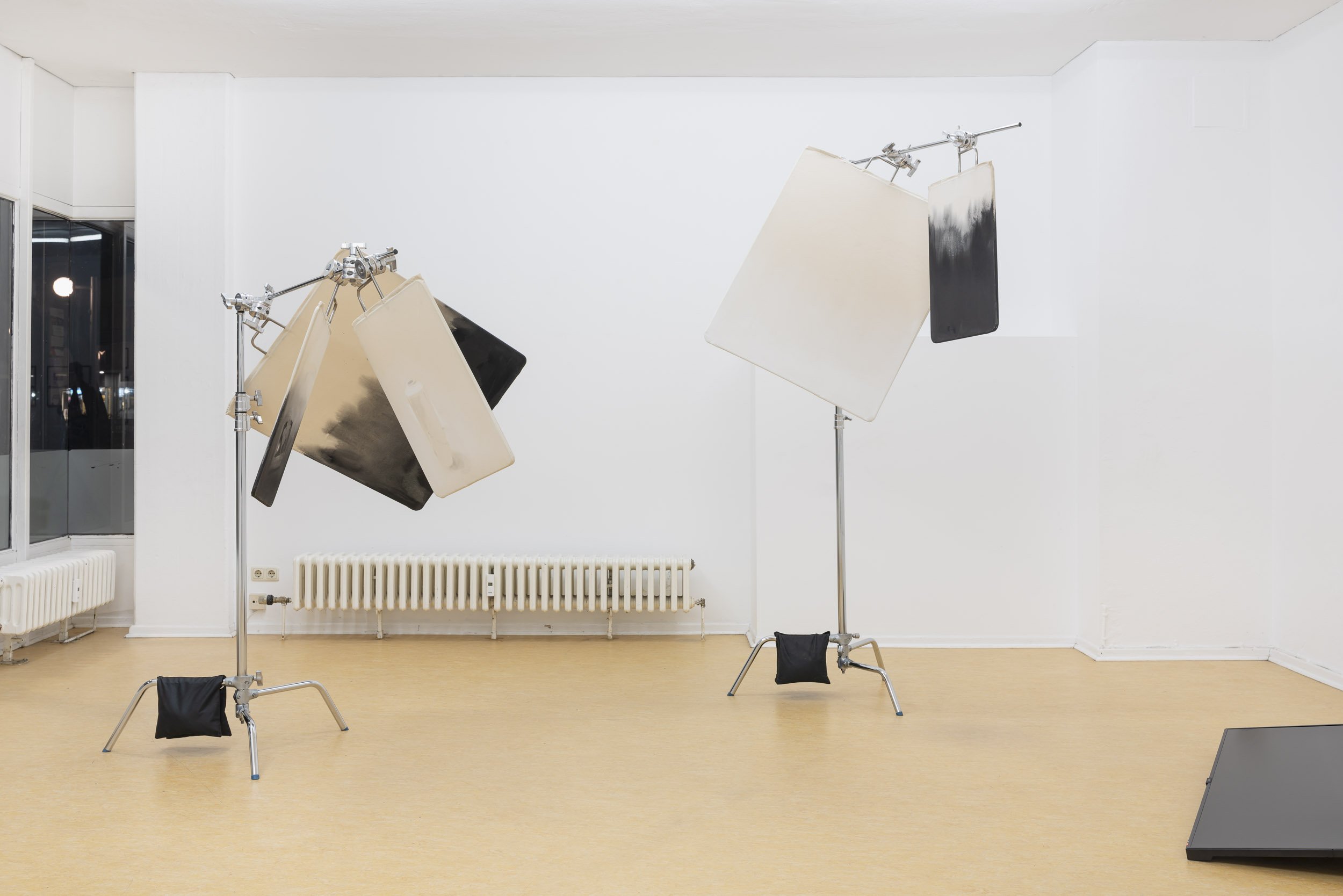
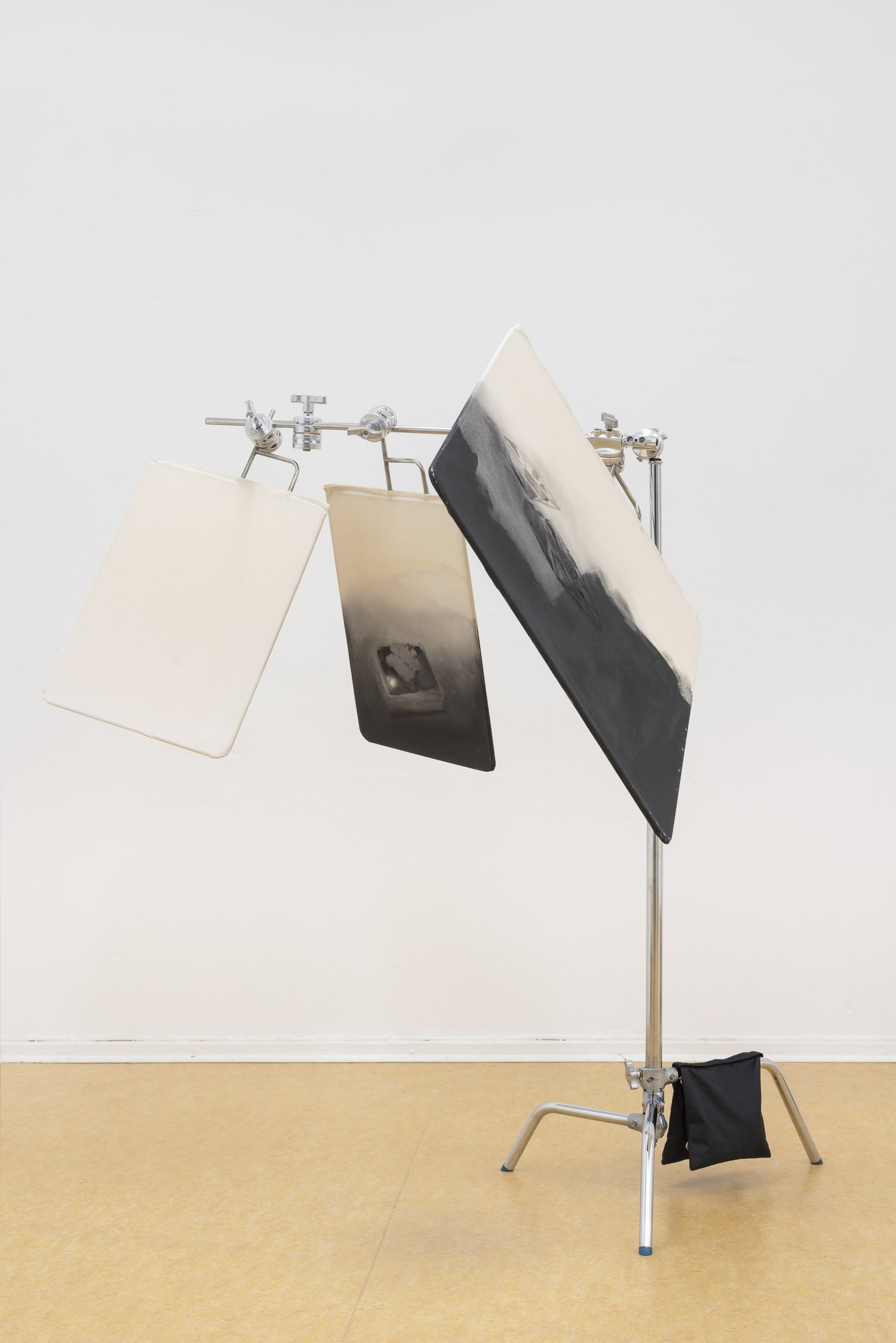
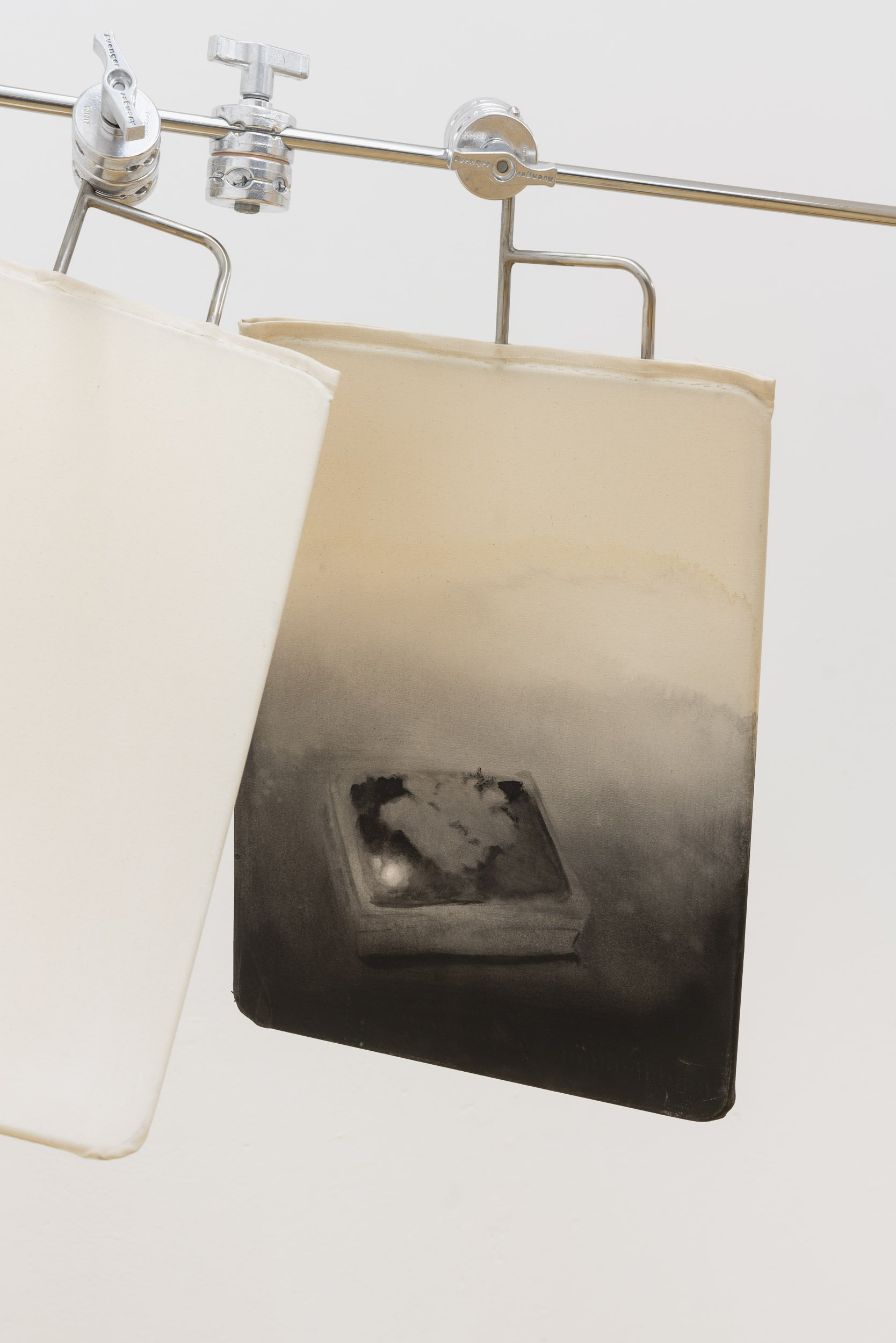
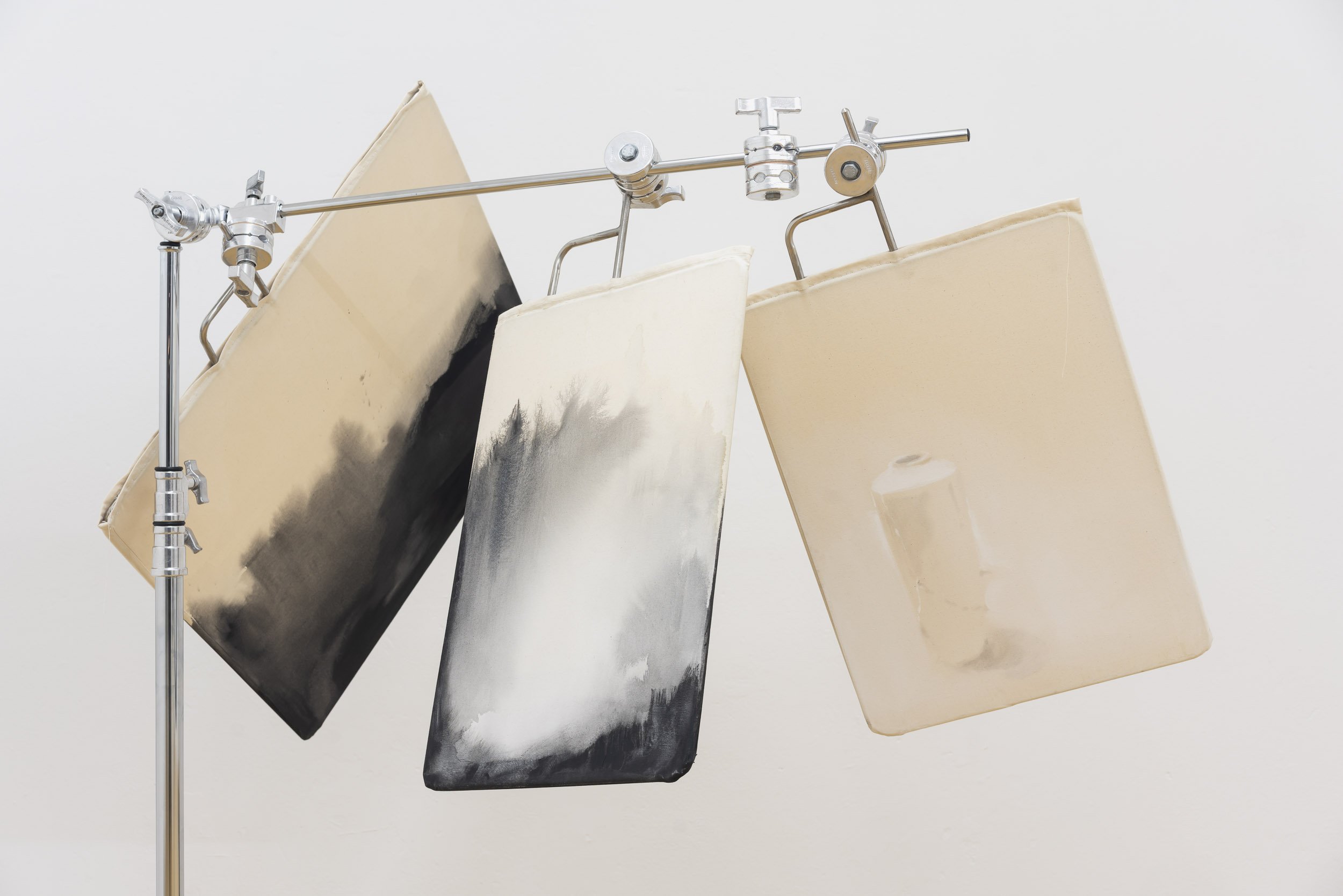
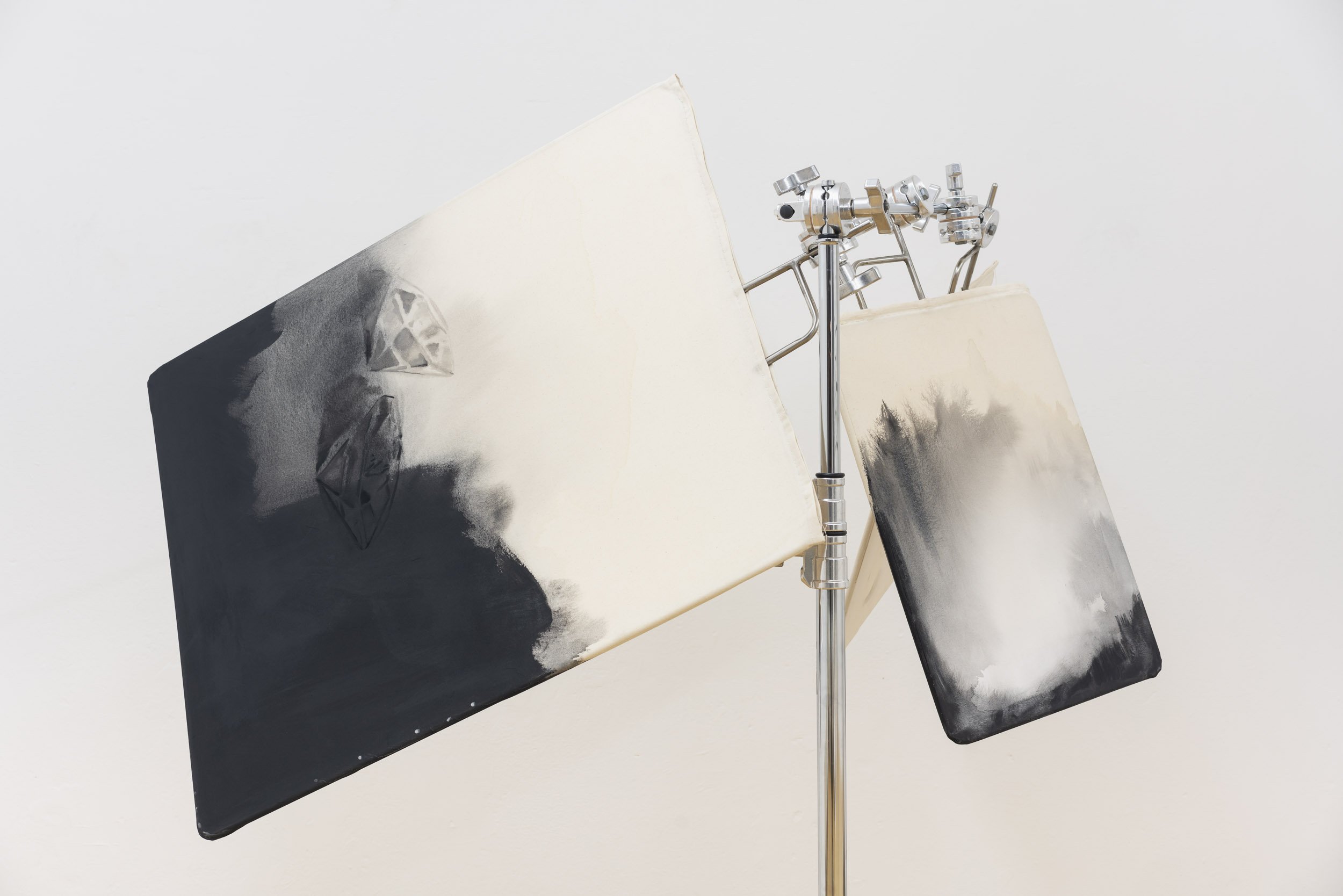

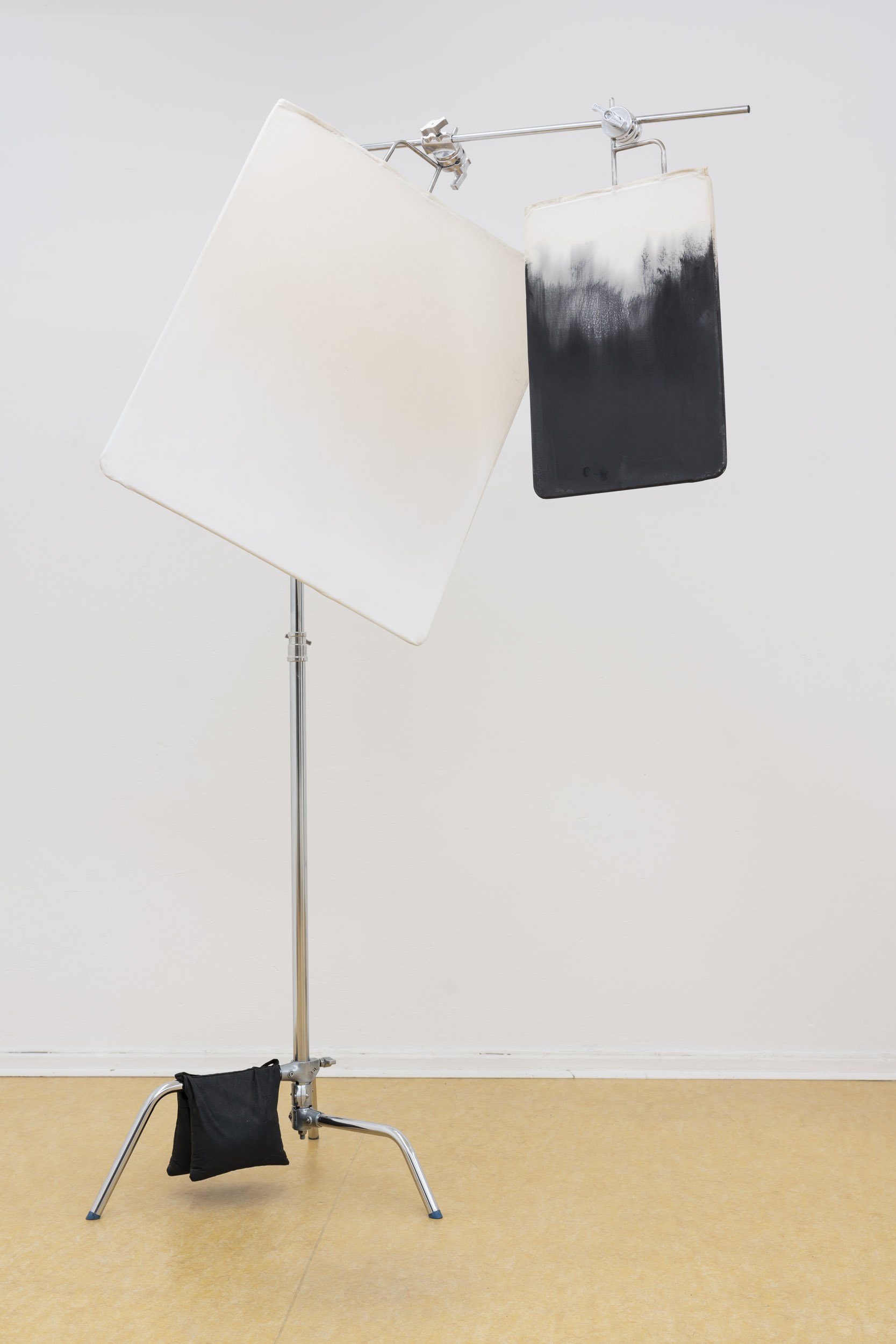
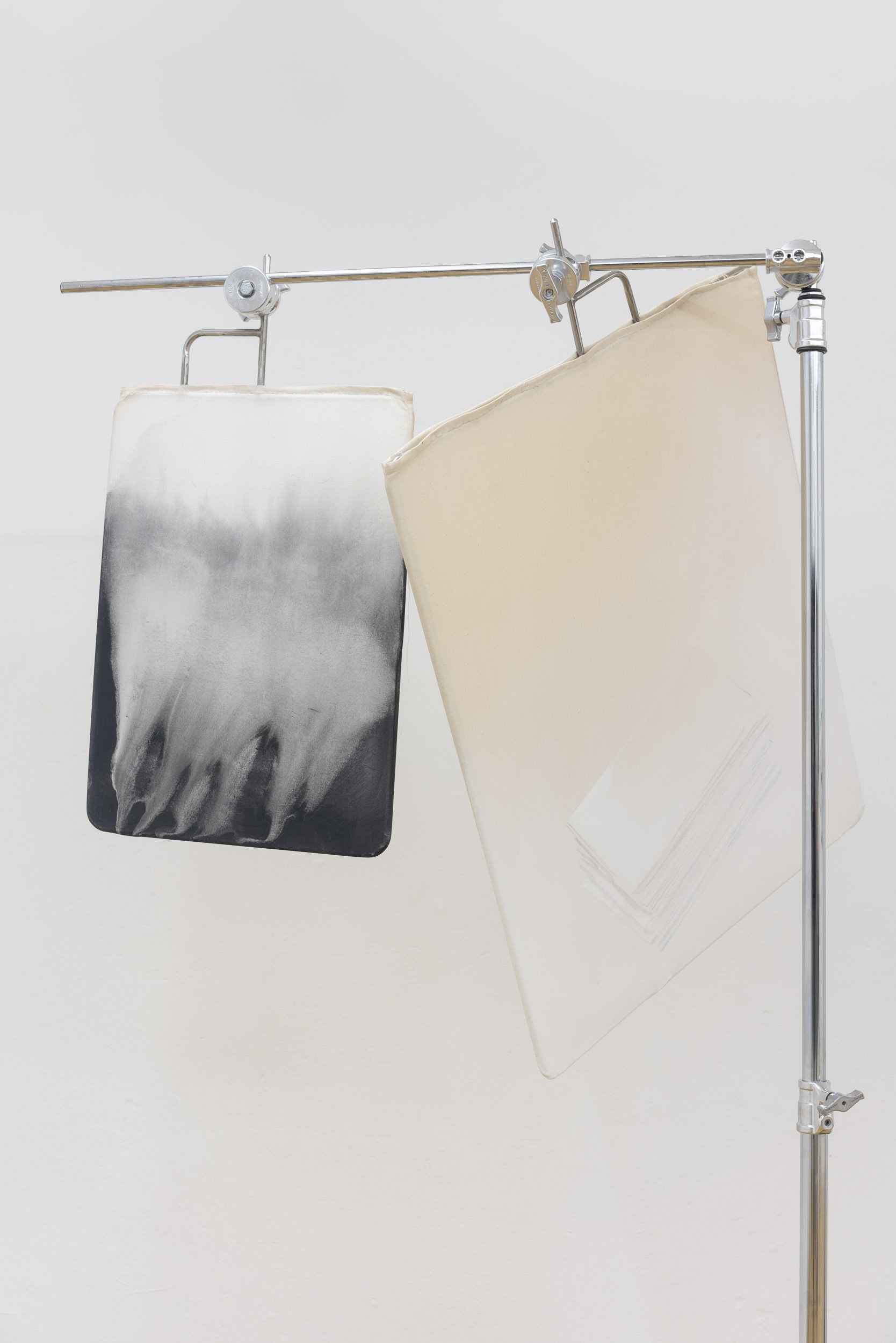
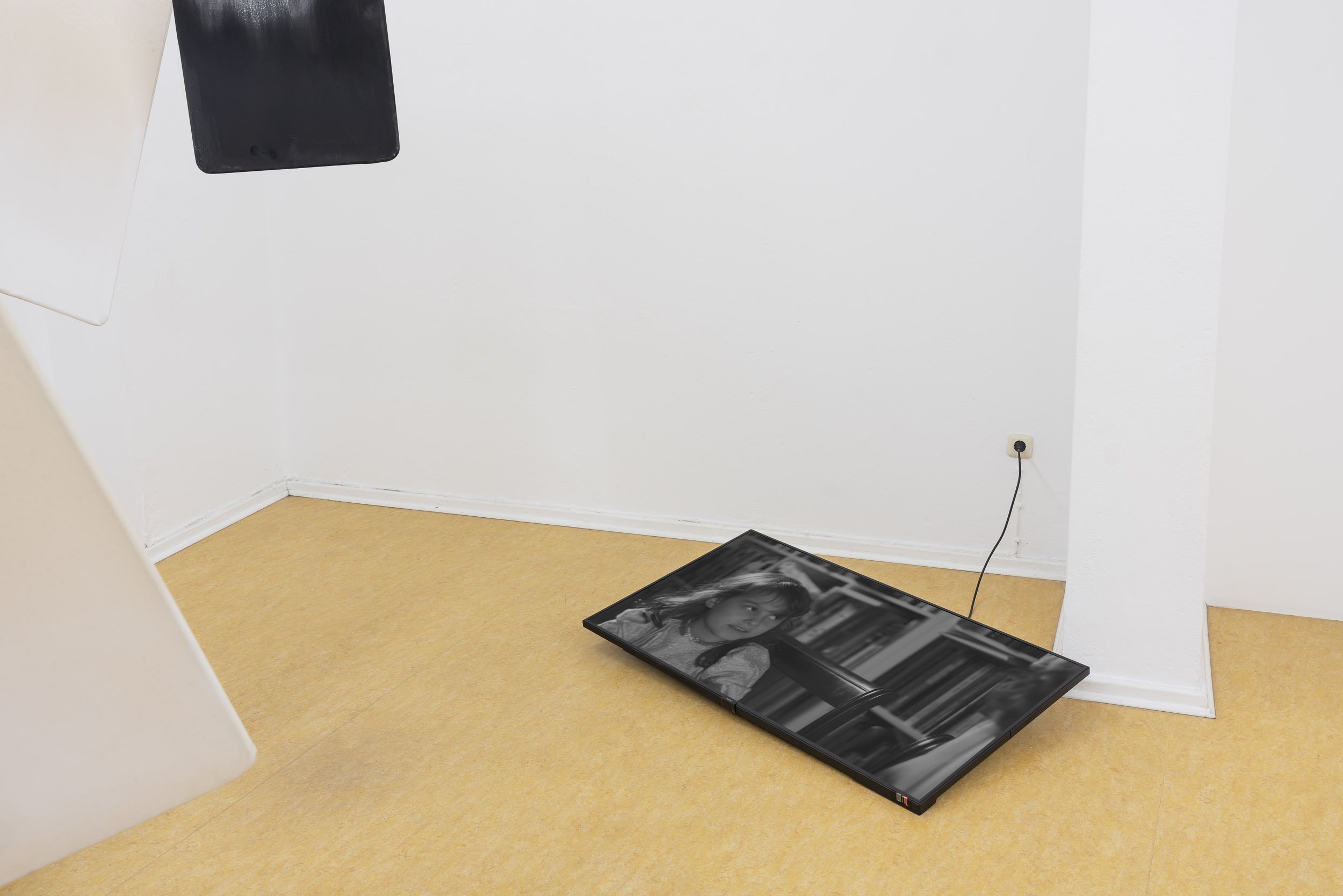
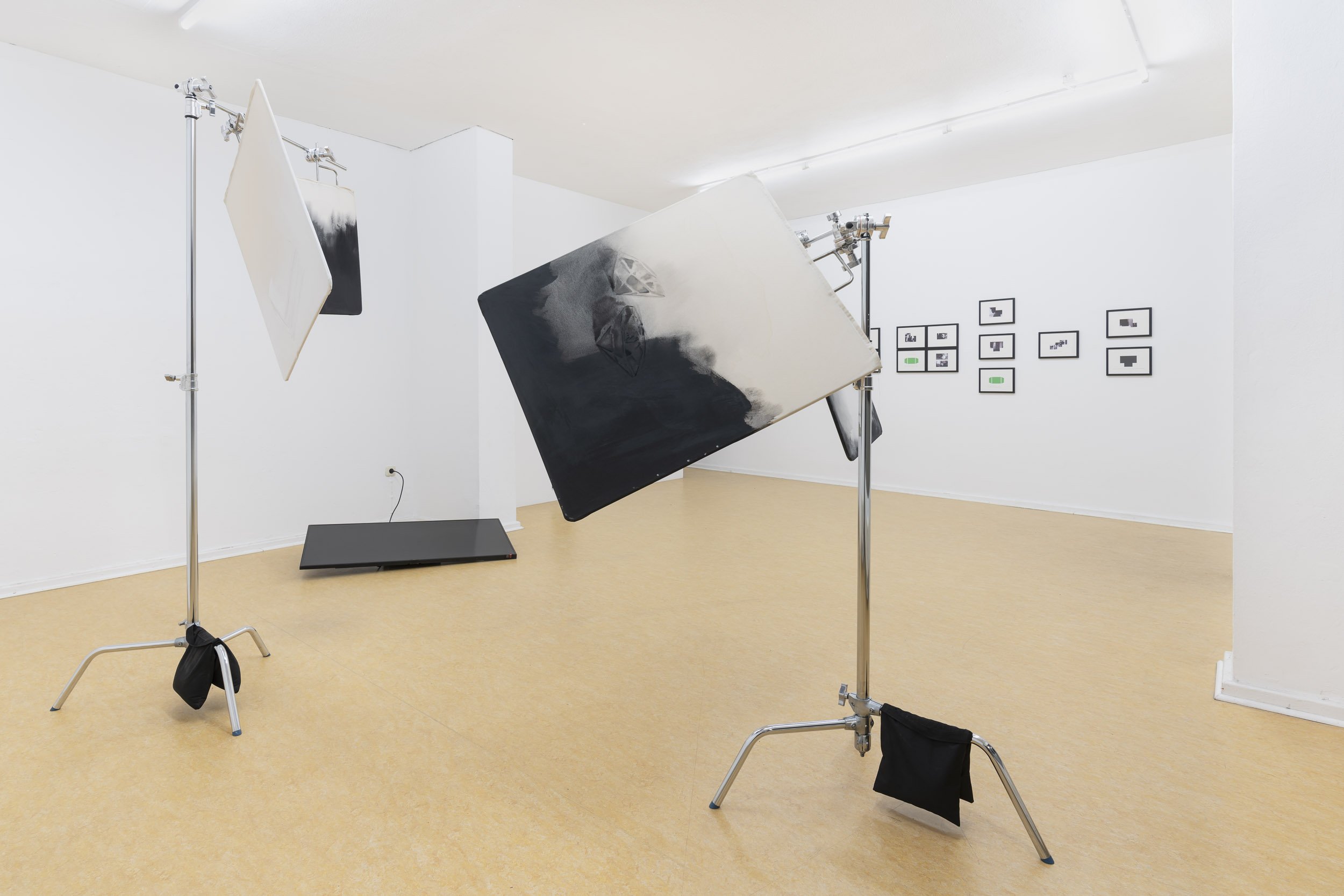

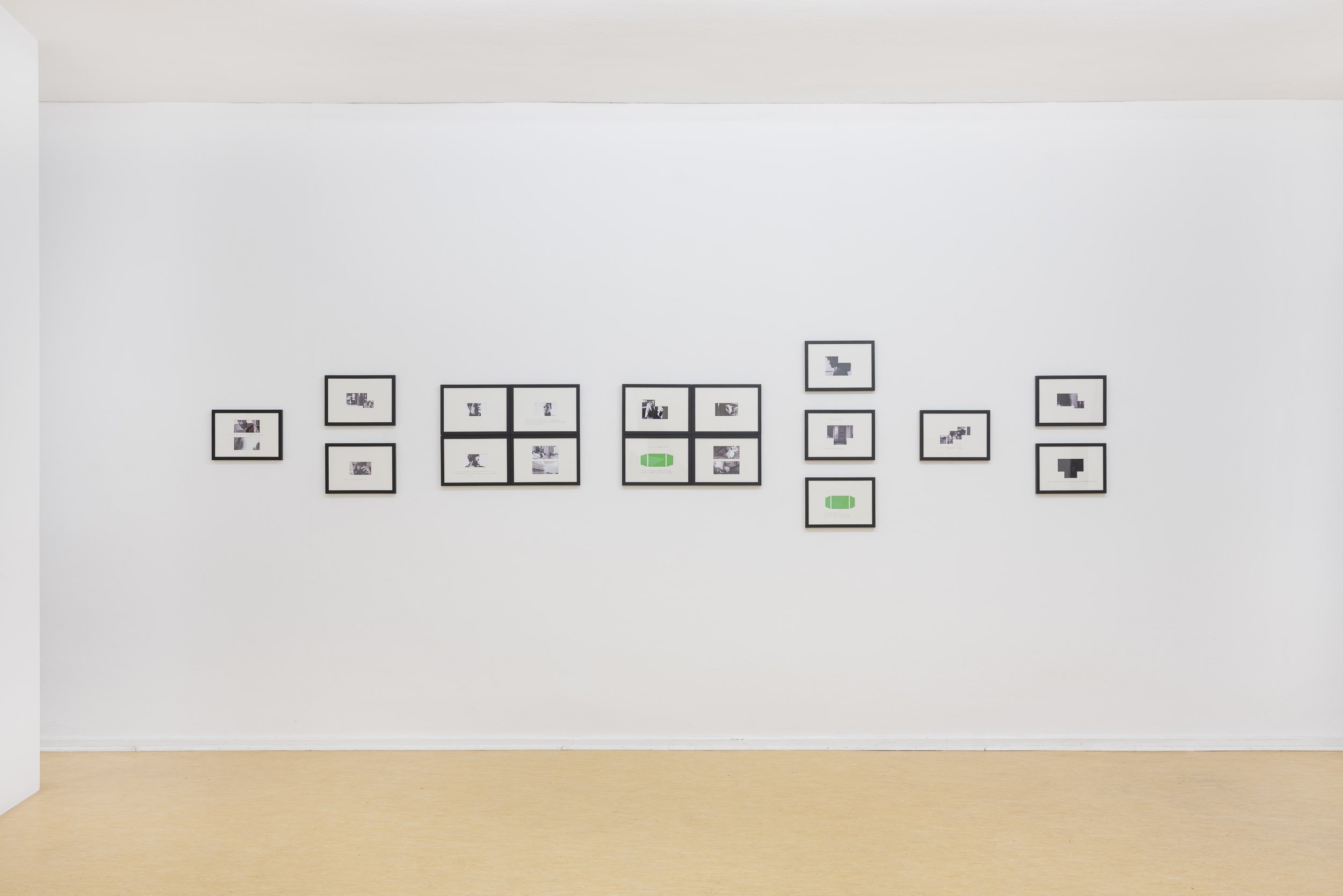
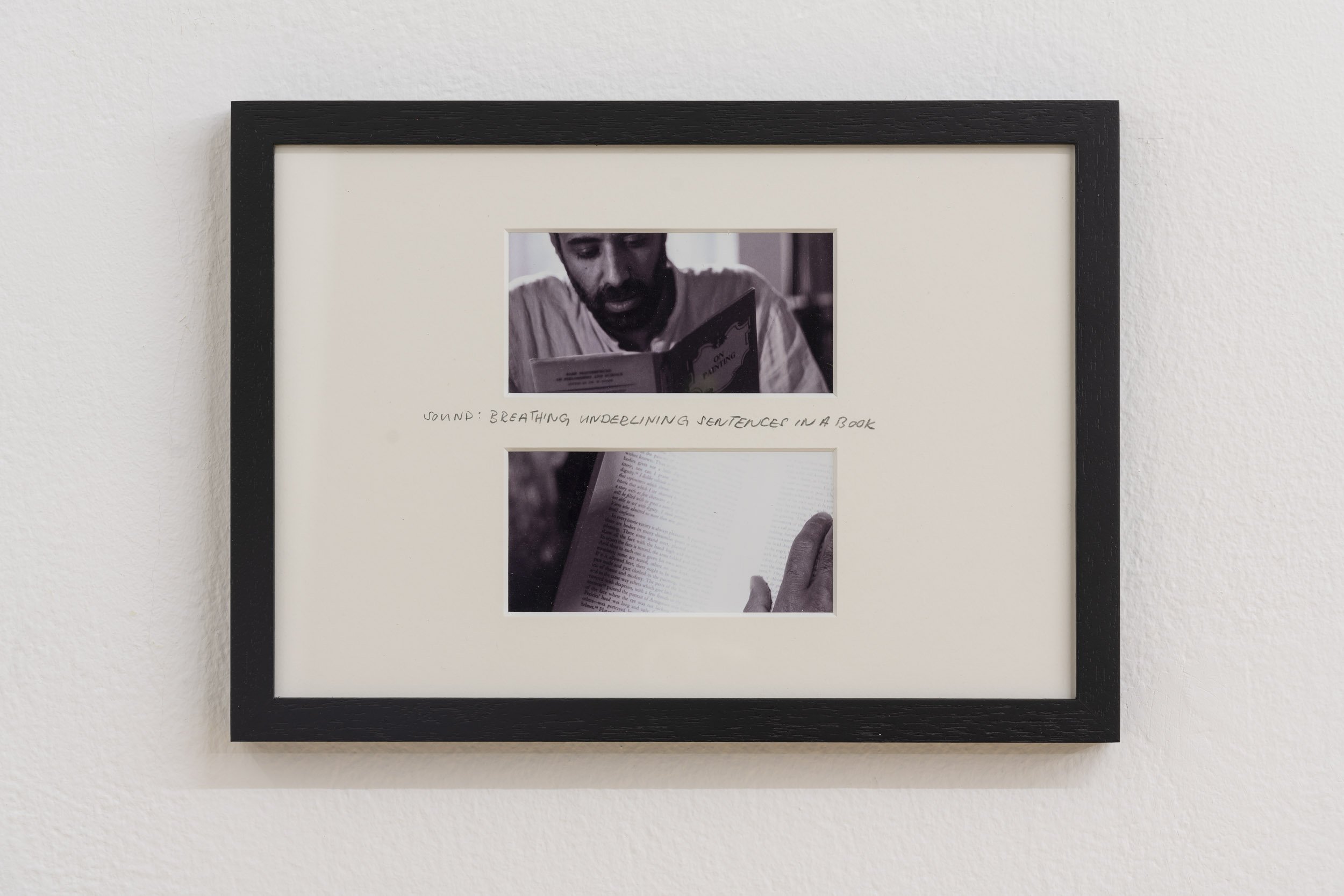
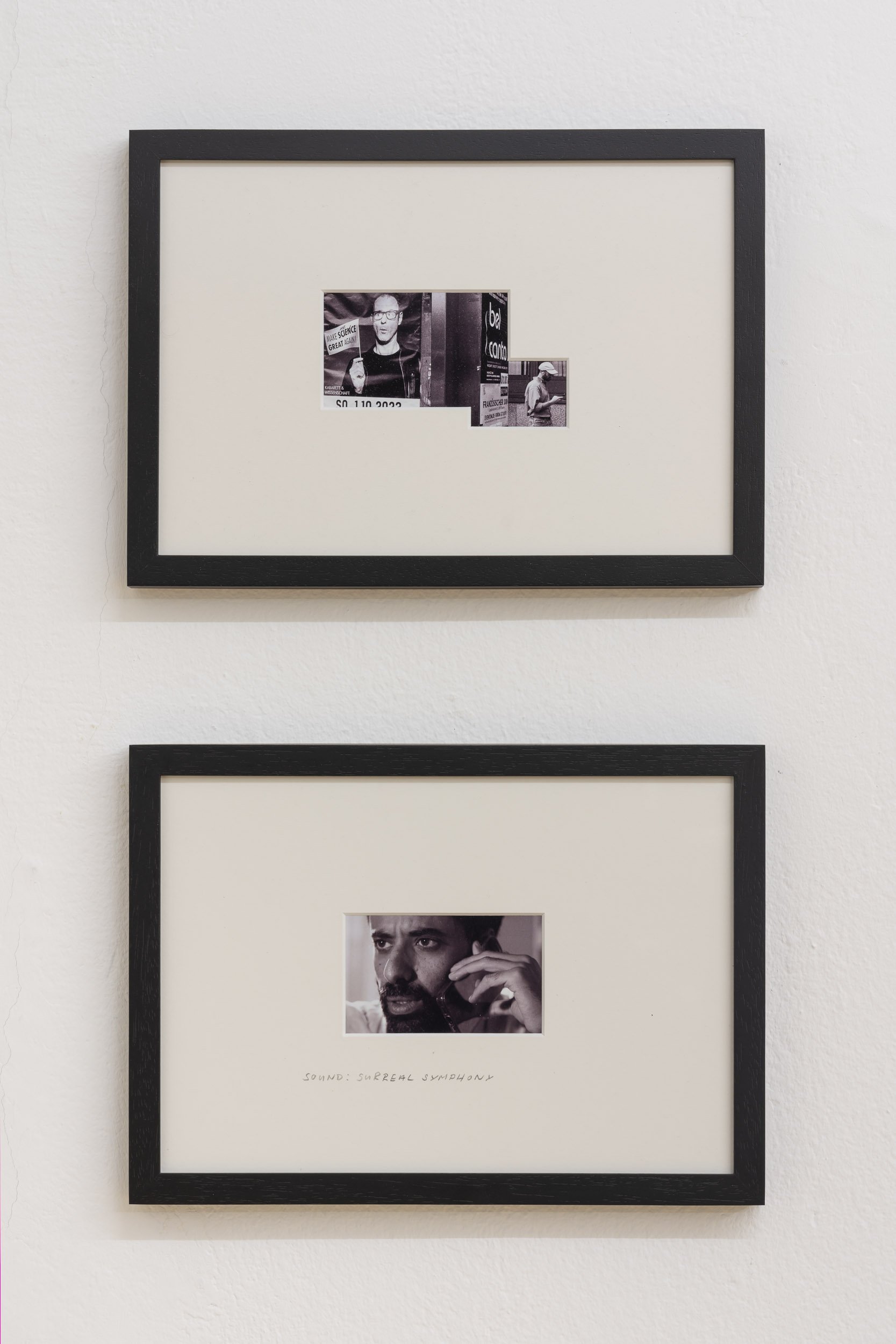
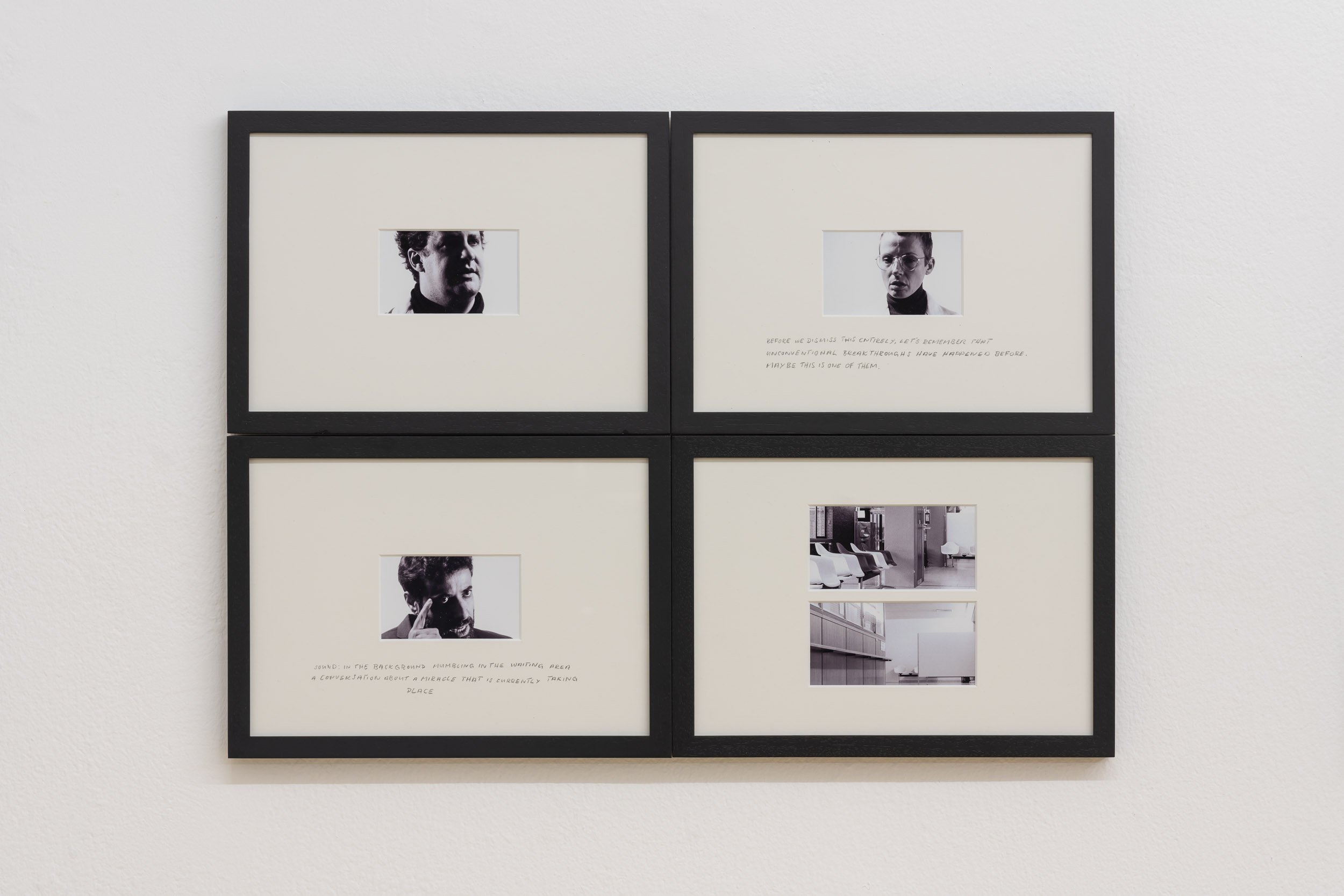
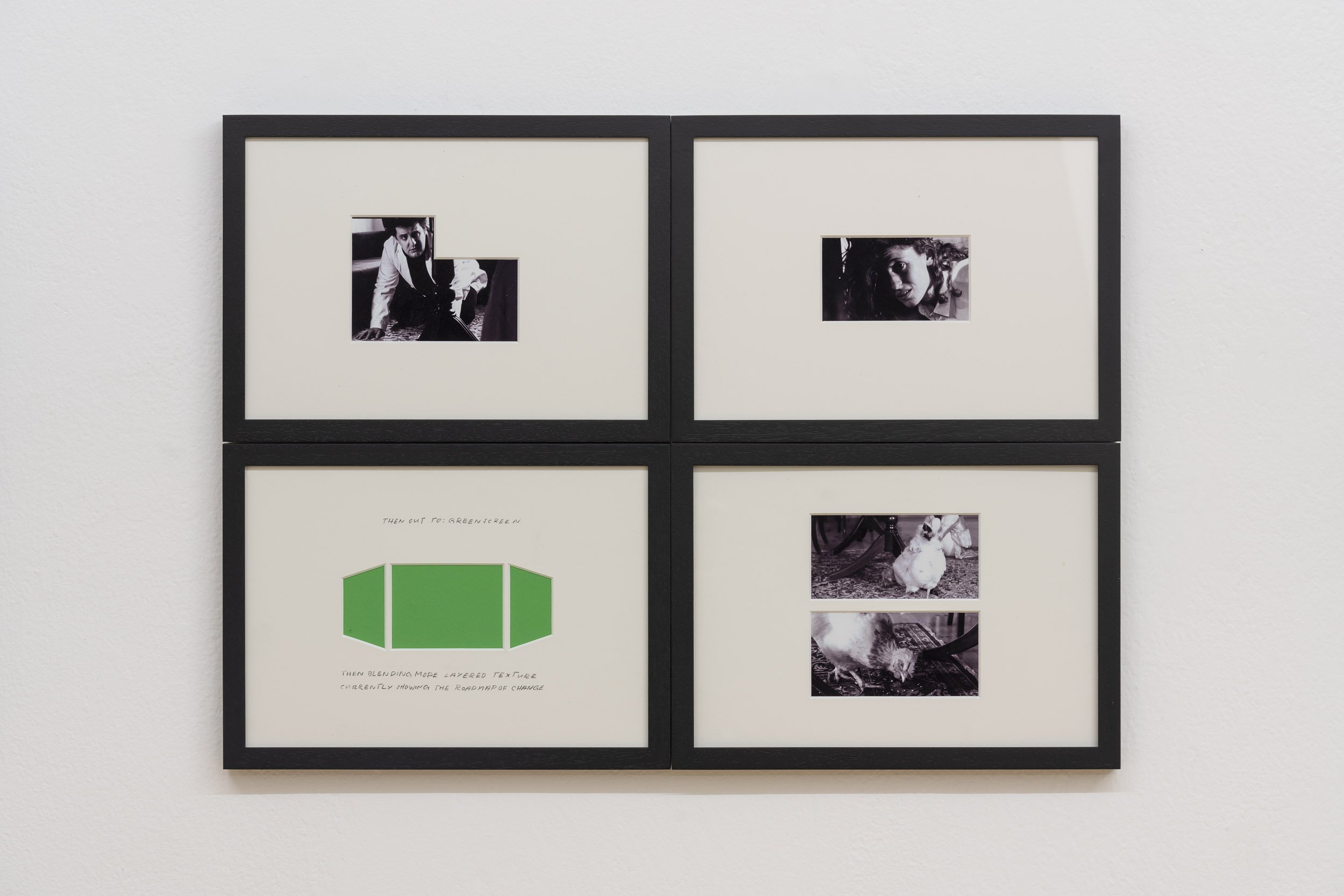
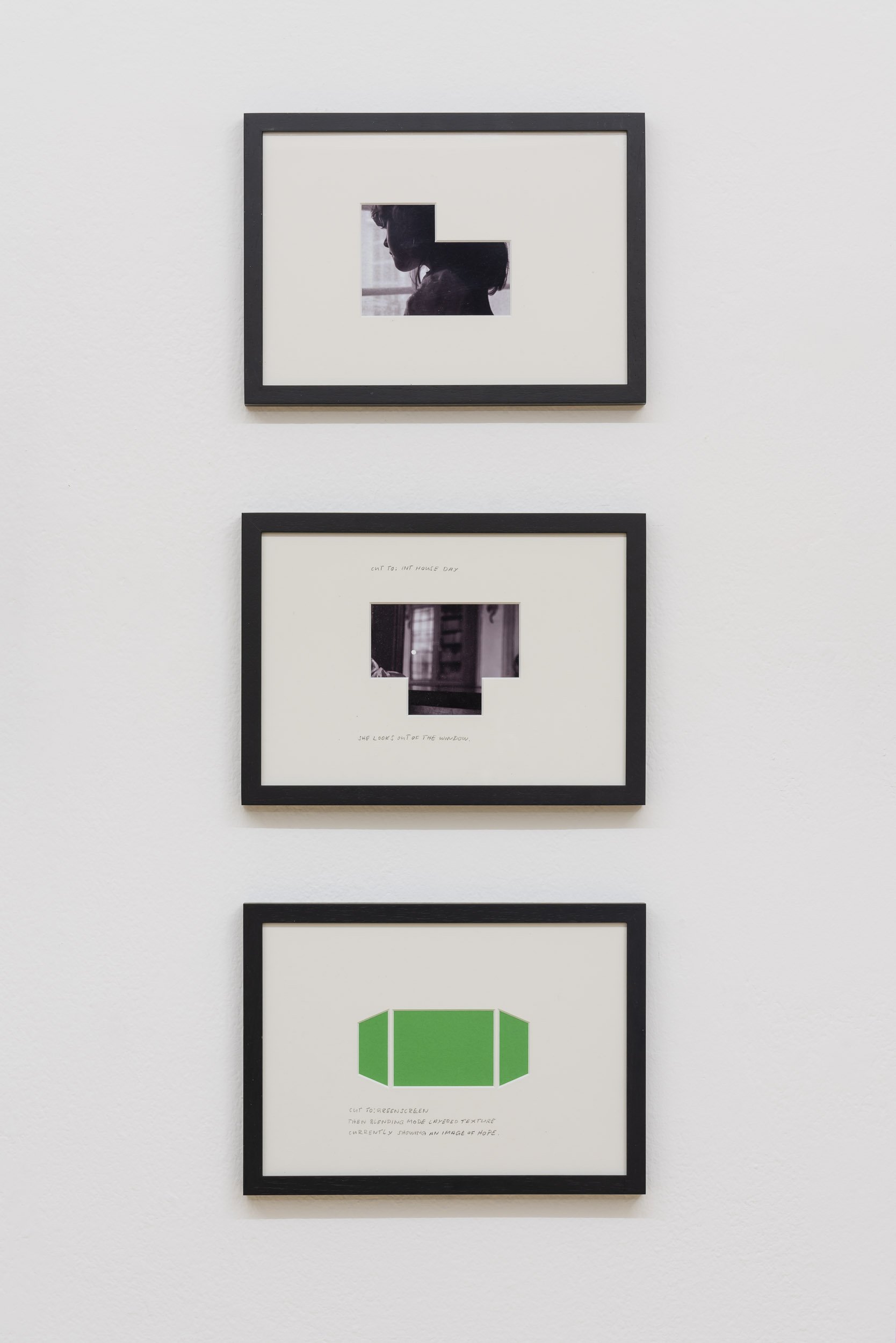
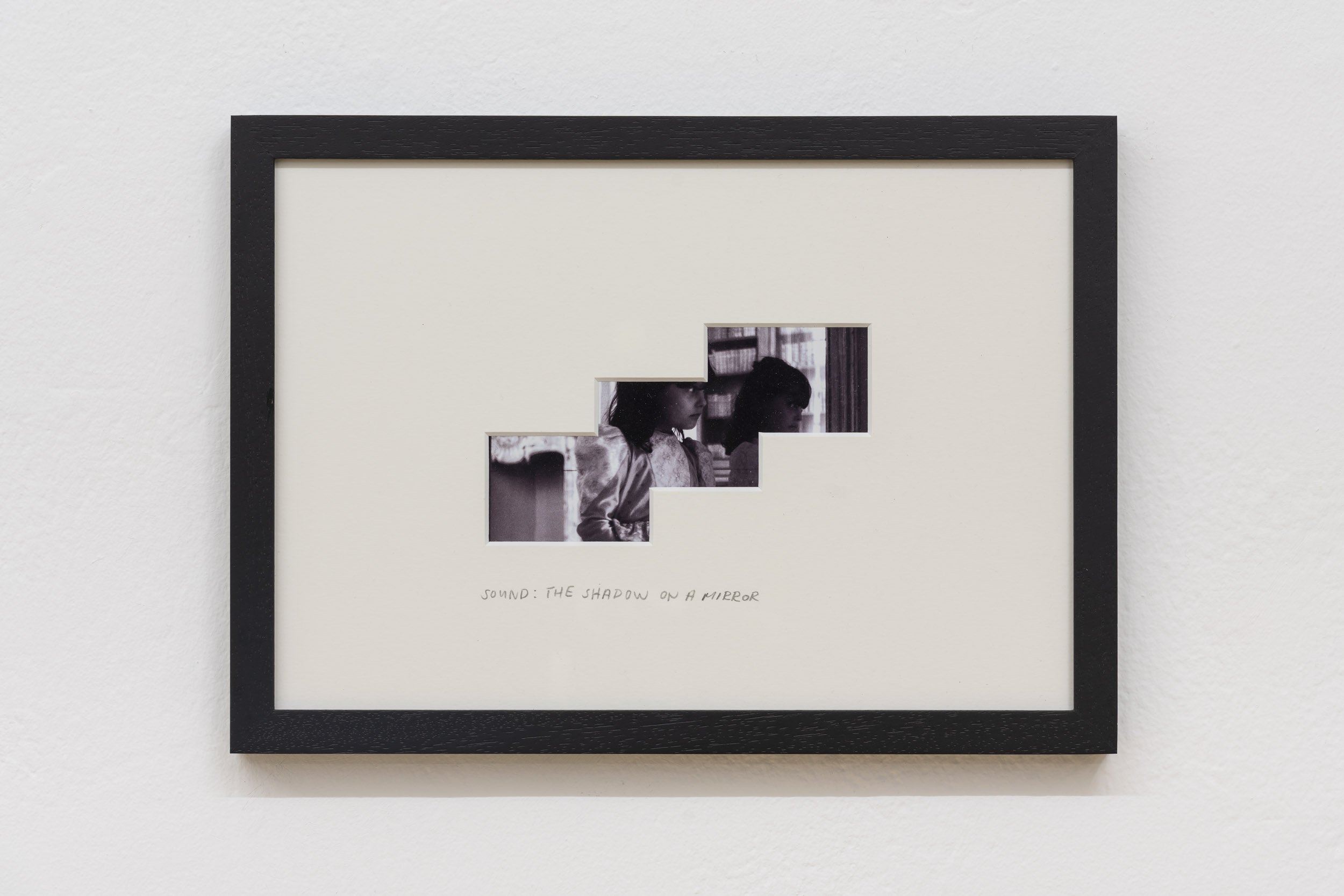
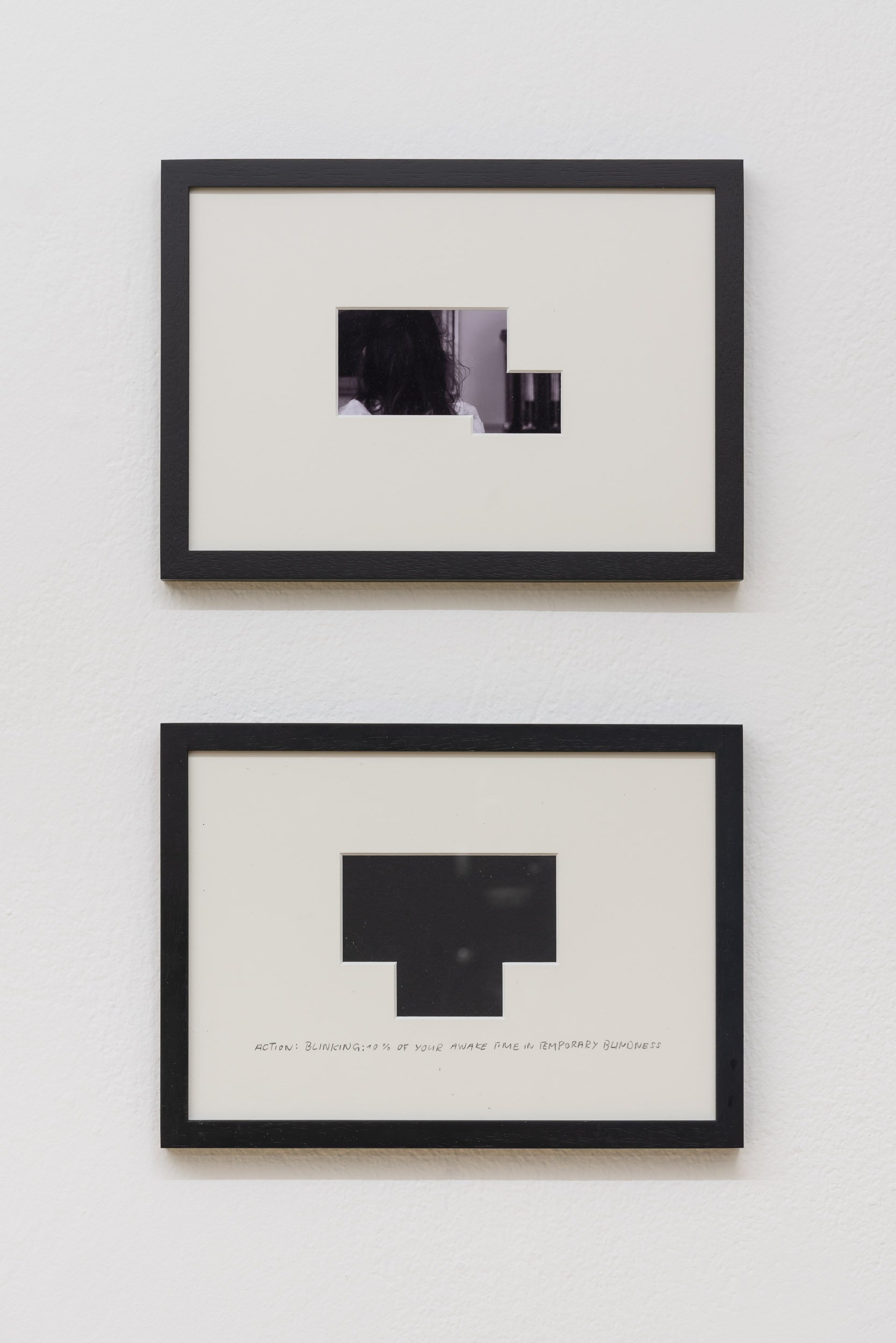
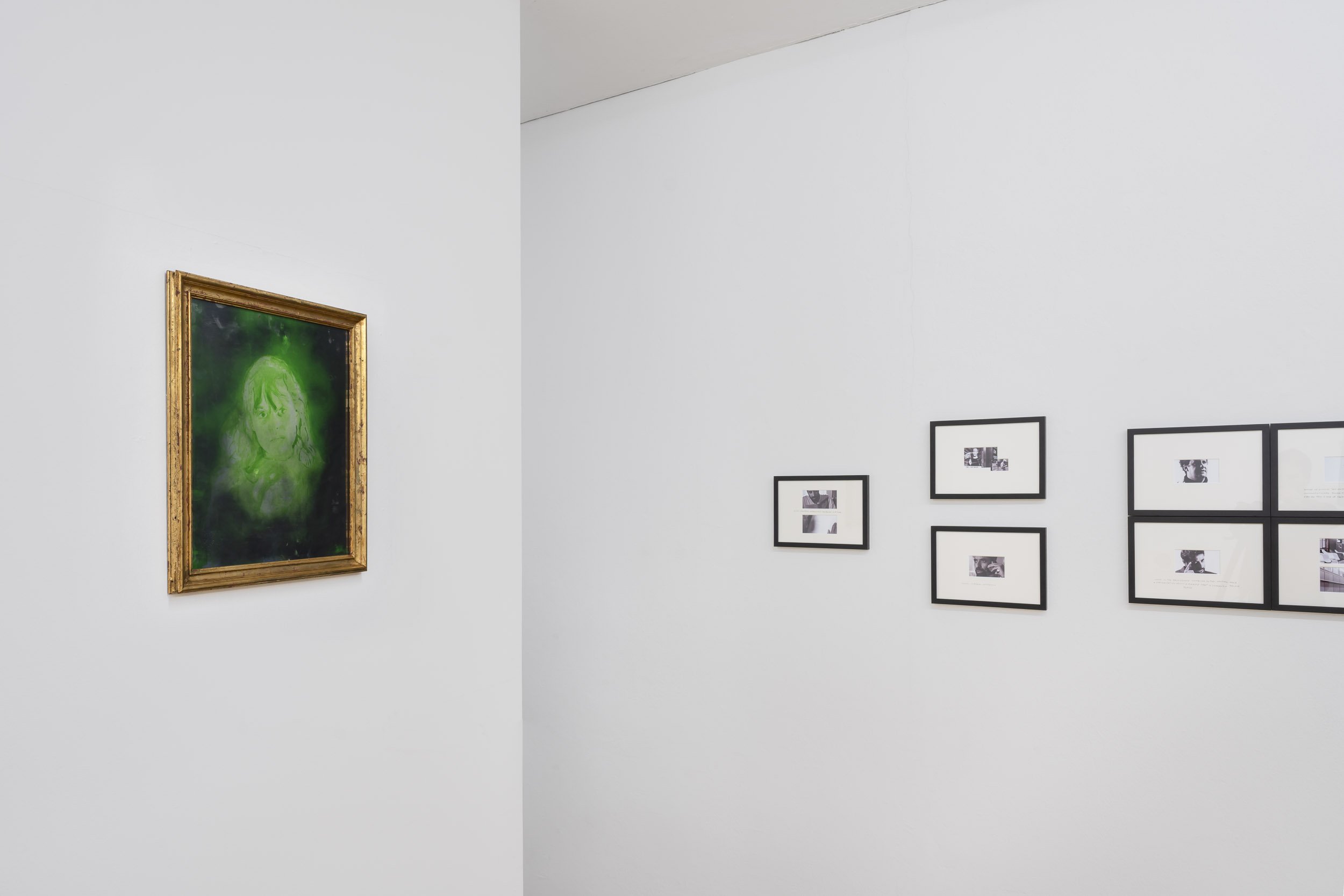
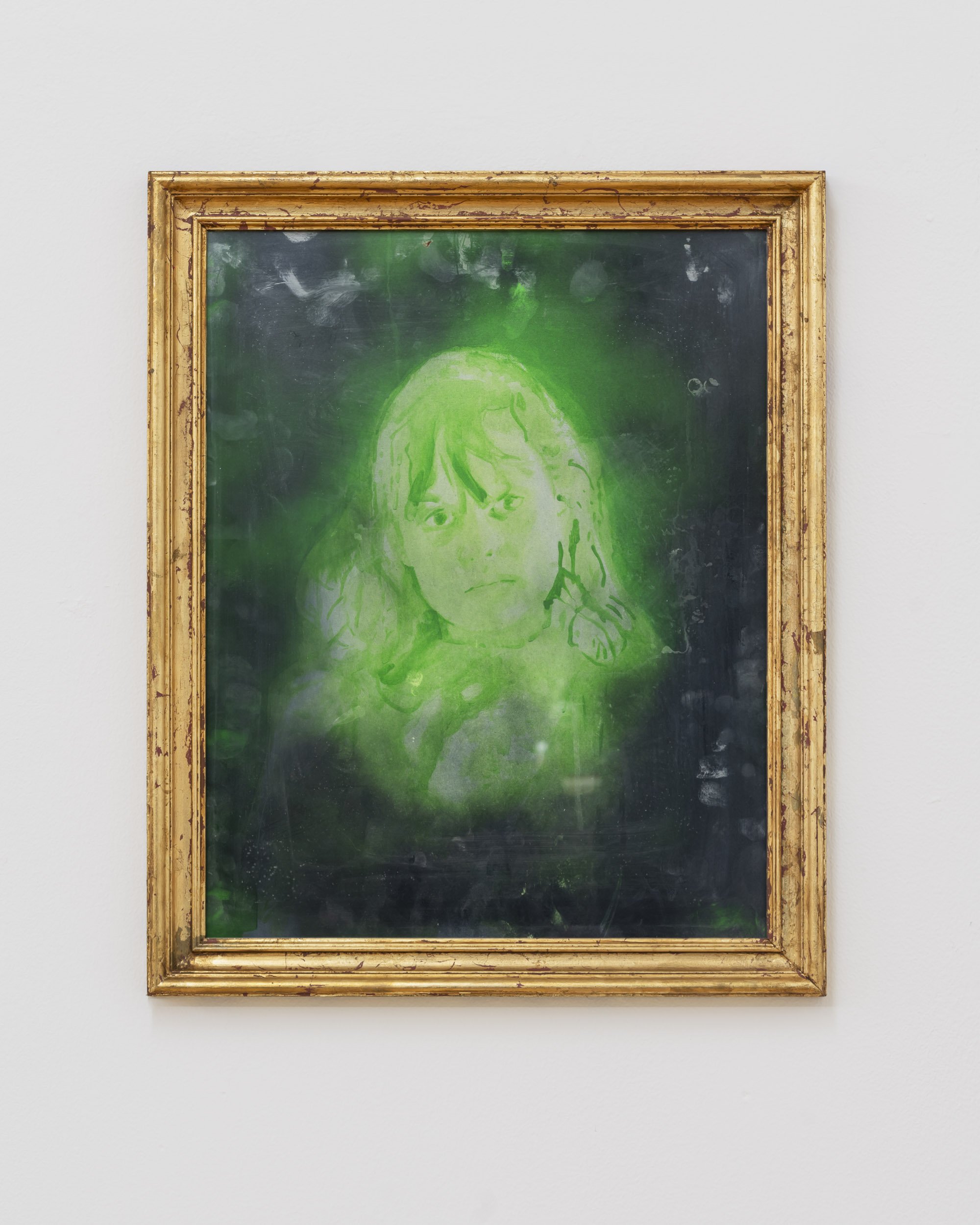

Photos: Stefan Haehnel
Daniel Laufer's re-explores cinematic storytelling on a spatial level. Since the early nineties, the West has been considered to have reached the end of its history. The associated leave from historical thinking has not only led to a crisis in the great narratives of world history, but has also plunged the narratives of artistic genres into a precarious situation. The boards that once meant the world have become smooth. The journeys of modern heroes and anti-heroes are floundering, their odysseys have been transformed into discursive loops and imaginary cycles of repetition: The present as a seamless continuity system that never arrives anywhere. Glances into the mirror and the wish that someone is looking back at you who is not yourself.
Daniel Laufer finds the upheavals that lend art back its historical dimension in the spaces in between, in the omissions and the divisiveness of the aesthetic form. In the audio film Blind Spots and Blink Moments, people speak like machines, close-ups from the dystopia of the present. Children, parents, educators, doctors: strictly framed and full of a secret longing to transcend the boundaries of their own image. The long shots show a street scene or hospital waiting rooms, those few places where strangers still meet and let time pass together. What they want and what they are waiting for are profane miracles that we have learnt to relegate to the realm of the impossible. In the sculptures MacGuffin (I) and MacGuffin (II), tangible treasures of childhood memories appear. The MacGuffin serves as a mysterious catalyser of the cinematic narrative in the age of impotent agency.
An inkling of utopia, which also arises from the fact that Laufer's film exists simultaneously as a storyboard and a sequence of still images on the long wall in the room. Our reality principle exhausts itself in unconscious activity. In contrast, a still image is removed from the processes of this principle. It is the place where finally nothing has to happen, but precisely for this reason everything else can happen. On closer inspection, it turns out that the still image is not actually still, but rather trembling with reflexes of hope.
The person at the end of his story resembles a blind chicken. Daniel Laufer's work gives him renewed access to the historical sediments in the desert that we call everyday life. And lo and behold: contrary to expectations, there is a grain and grit to boot. We tell each other stories in order to live, Joan Didion once said. Daniel Laufer reminds us of this as he tells of the survival of history.
Text: Daniel Moersener